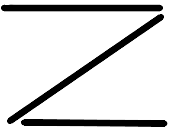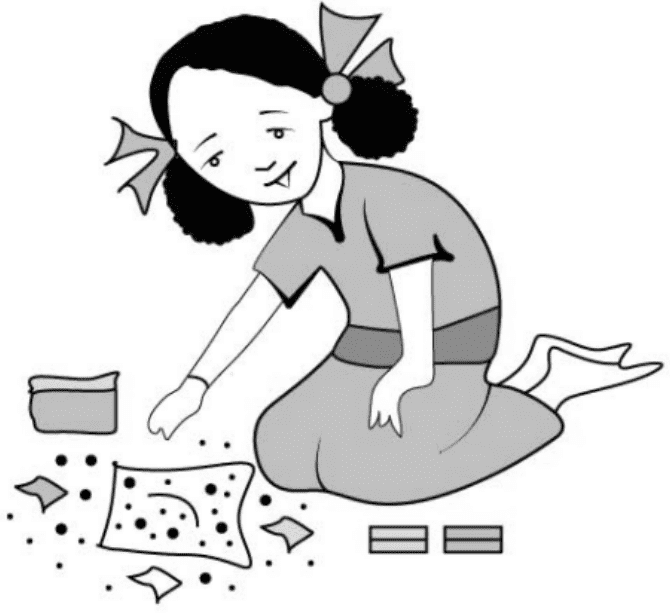NCERT Solutions for Maths Class 6 Chapter 11 Algebra Exercise 11.1 - FREE PDF Download
FAQs on NCERT Solutions for Class 6 Maths Chapter 11 - Algebra Exercise 11.1
1. How many questions are present in NCERT solutions for class 6 Maths chapter 11 Algebra?
In Class 6 Chapter 6 there is only one exercise and that is -
Exercise 11.1 - 11 questions
Students can find the solutions to these questions here. The solution for Class 6 Maths Exercise 11.1 solutions are provided and are written in an easy manner which will help students in clarifying all their doubts.
2. How many questions have long solutions (more than 180 words) in NCERT Solutions for Class 6 Maths Chapter 11 Algebra?
Chapter 11 of Class 6 NCERT Algebra has the following long answer type exercise questions-
Exercise 11.1 - 2 ( 1 and 11)
The detailed stepwise explanation prepared by subject experts to all these questions can be found on Vedantu’s website. All the material is also available on the Vedantu app. All the resources are free of cost.
3. What are variables and how are they related to an equation in class 6 exercise 11.1?
The concept of variables is very important in Algebra. A variable is something that does not have a fixed value and can vary. Variables allow us to express many rules in geometry and arithmetic. An equation is satisfied for a definite value of a variable therefore it is a condition on a variable. The solution of an equation is obtained when a variable satisfies the equation and the LHS and RHS become equal.
4. What are the important concepts in Class 6 Maths Chapter 11 Algebra?
Students learn the concept of variables and how it enable us to express relations in mathematics and geometry. Variables are numbers and therefore common operations such as addition, and multiplication. Subtraction and division can be done on them. Students also learn about equations and how to solve them. An equation has two sides, the LHS and RHS separated by an equal sign. The LHS and RHS of an equation are equal only for a definite value of a variable.
5. Why should I refer to NCERT Solutions in Chapter 11 of Class 6 Algebra?
Vedantu provides well-explained solutions designed by experts which helps students in clarifying their doubts and achieving good marks in the exams. The benefits of following the solution for this chapter are that algebra is a new concept for students and they may find it difficult to grasp. However, the solutions provided are well organised and explained in detail step by step so that students need not be afraid of the topic but enjoy learning it.
6. What is a constant in algebra?
A constant is a fixed value that does not change. In algebraic expressions, it is usually represented by a number.
7. Why are variables used in algebra answer it according to class 6 maths ch 11 ex 11.1.
Variables are used to generalize mathematical problems and make it easier to represent and solve equations involving unknown values.
8. What is an algebraic expression?
As we studied in Class 6 Math Exercise 11.1, An algebraic expression is a combination of variables, constants, and arithmetic operations (such as addition, subtraction, multiplication, and division).
9. How do you solve a simple algebraic equation?
According to Class 6 Math Exercise 11.1, To solve a simple algebraic equation, you need to isolate the variable on one side of the equation by performing inverse operations on both sides.
10. Give me an example of a simple algebraic expression.
An example of a simple algebraic expression is 2x+3, where x is the variable.

























